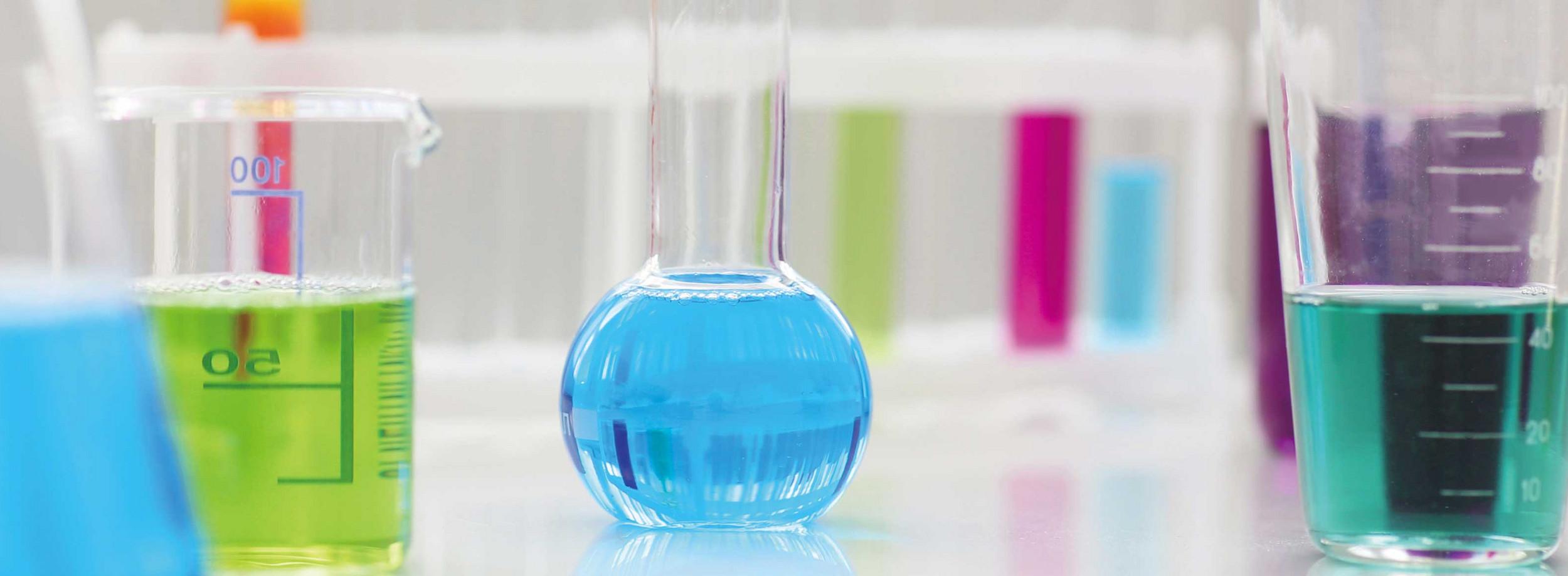
Swords are made from different materials in different eras in different countries.[1] From an archaeological point of view, elemental analysis provides hints of the origin and the production date of a sword. It also provides hints to identify whether it’s imitation or real. However, there are few analytical instruments which can accommodate a large sample such as swords, without compromising user safety and sample preservation.
Here, we introduce the chamber capacity of HORIBA’s XGT-9000SL micro-XRF analyzer with a super-large chamber for elemental analysis on a traditional Japanese sword.
An antique Japanese sword.
HORIBA’s XGT-9000SL is a micro-XRF analyzer with a super-large chamber capacity measuring 1030 mm (W) x 950 mm (D) x 500 mm (H). The system is equipped with a motorized XYZ stage, allowing scanning up to 350 mm x 350 mm of 500 mm x 500 mm sample. It is also equipped with upper X-ray irradiation and upper fluorescent X-ray detection down to Na under a partial vacuum condition or an optional helium purged condition. It allows multi-point analyses on specific features on a large sword and allows elemental imaging on it. Moreover, the XGT-9000SL has X-ray shields complying with the radiation safety requirement of IEC-61010-1. The large capacity and full shielding make it possible to perform non-destructive analysis without compromising user safety and sample preservation.
HORIBA XGT-9000SL (a) Instrument (b) Sample stage inside the chamber (c) Schematic diagram of the optics.
We placed an antique Japanese sword on the sample stage after disassembling the wooden grip part. We scanned the entire sword to get elemental information of the sword. The result showed that the sword was made entirely of iron, not stainless-steel containing Cr, Mn, or Ni. It was consistent with the composition of popular traditional Japanese swords.[2]
Elemental mapping results of the Japanese sword using the HORIBA XGT-9000SL. The analyses were conducted under partial vacuum condition using a 100 μm ultra-high intensity probe with 50 kV voltage and 200 μA current at the primary X-ray generator.
We demonstrated elemental mapping on an antique Japanese sword using HORIBA’s XGT-9000SL. It showed the potential of the XGT-9000SL as a non-destructive elemental analyzer for large antique samples analysis.
[1] J. Wadsworth (2015) Archeometallurgy related to swords. Mater. Charact., Vol. 99, pp. 1-7.
[2] T. Inoue (2017) Science and Technology Surviving in the Japanese Sword. J. Soc. Mater. Sci. Jpn., Vol. 66, No. 11, pp. 804-810.
X선 분석 현미경 초대형 챔버 모델
HORIBA제품의 자세한 정보를 원하시면, 아래의 양식에 내용을 입력을 부탁드립니다.


